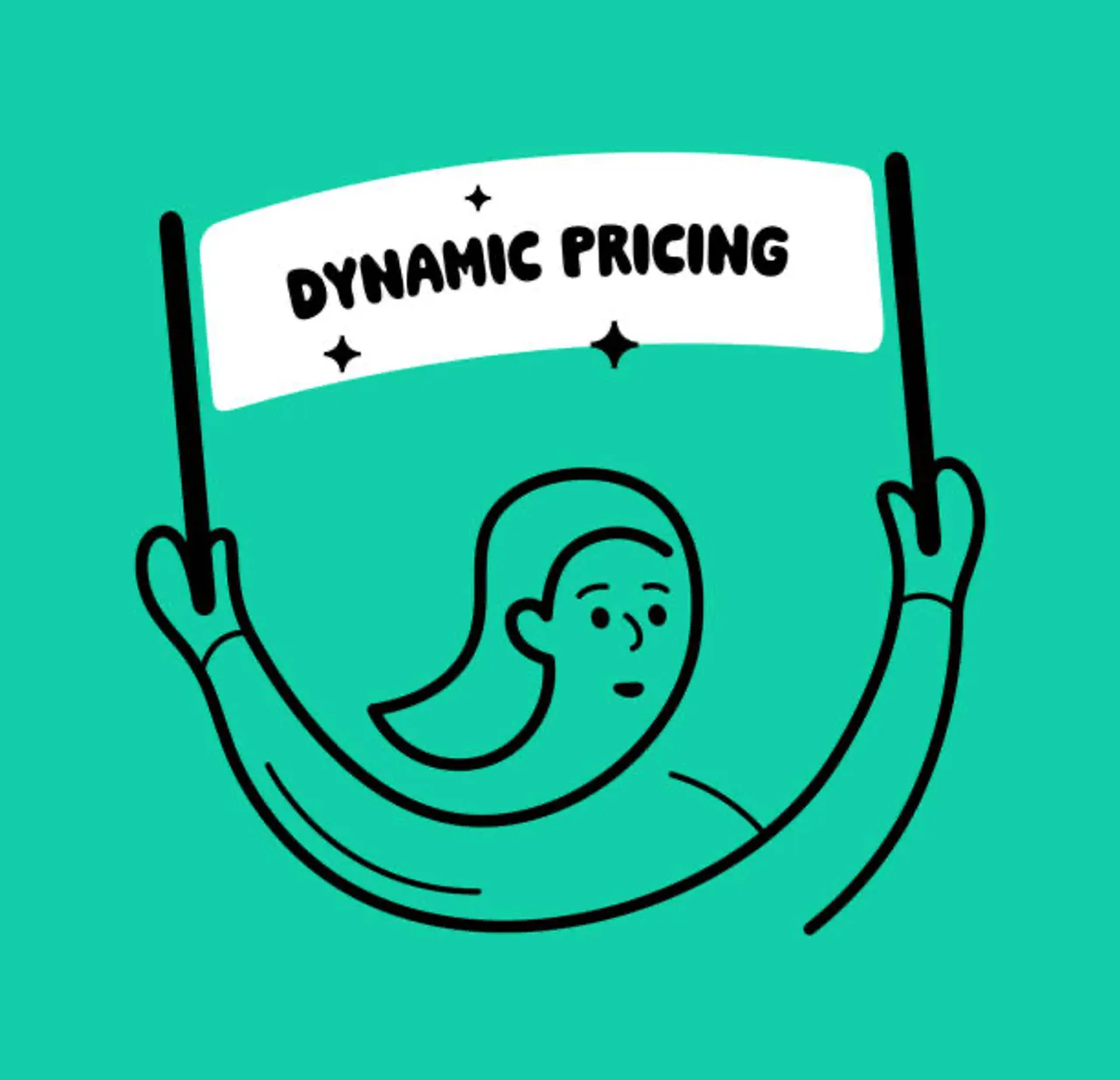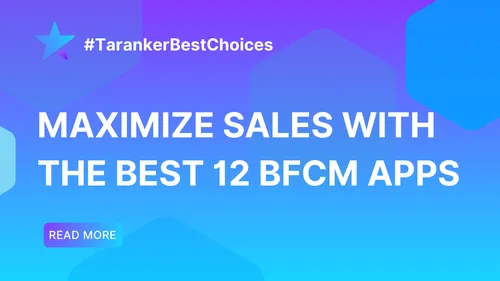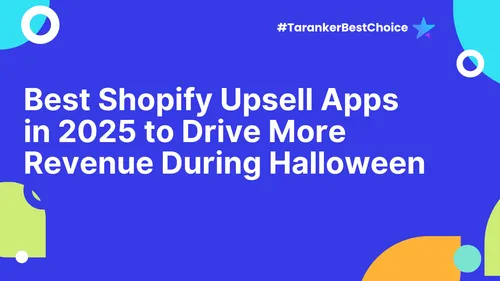Pricing is one of the most crucial factors in determining the success of any ecommerce business. According to a 2019 McKinsey report, pricing decisions can account for up to 40% of a company’s total revenue. In the ever-changing world of ecommerce, businesses need to adopt strategies that can keep up with demand shifts, competitor pricing, and market conditions. One of the most effective methods is dynamic pricing, where prices are adjusted in real-time based on various factors.
Dynamic pricing allows businesses to optimize prices, maximize profitability, and stay competitive. This blog will explore the benefits of dynamic pricing, provide a detailed look at how it works, and offer best practices for implementing it in your ecommerce business.

1. What is Dynamic Pricing?
Dynamic pricing refers to a pricing strategy in which the price of a product fluctuates based on factors like market demand, competitor prices, inventory levels, and consumer behavior. Unlike fixed pricing, where the price remains the same for an extended period, dynamic pricing allows businesses to adjust their prices in real time to meet market conditions.
For example, during high demand (e.g., holidays or special sales events), a product’s price may increase to capitalize on customers’ willingness to pay more. On the other hand, during low demand periods, prices might decrease to attract more customers and clear out inventory.
2. Benefits of Dynamic Pricing
Dynamic pricing can be highly beneficial for ecommerce businesses. Let’s take a deeper dive into some of its most notable advantages.
2.1. Maximizes Profitability During High-Demand Periods
One of the primary benefits of dynamic pricing is its ability to maximize profits during peak demand periods. For example, during Black Friday or other seasonal events, businesses can increase prices for high-demand products to capitalize on the willingness of consumers to pay more. This helps boost revenue when demand is highest.
2.2. Offers Flexibility and Adaptability
Dynamic pricing gives businesses the flexibility to adjust prices based on real-time data. This can help you stay competitive and respond to market changes quickly. For instance, if a competitor lowers their price on a similar product, your dynamic pricing algorithm can automatically adjust your prices to match or stay competitive without manually intervening.
2.3. Tailors Pricing to Customer Segments
Dynamic pricing also enables businesses to personalize prices based on customer behavior, location, or purchase history. For instance, customers who frequently buy from your store may receive personalized discounts, or you can set region-specific pricing based on local demand. This personalization can increase conversions and foster customer loyalty.
3. Challenges of Dynamic Pricing
While dynamic pricing has numerous benefits, it’s not without its challenges. Here are some of the potential drawbacks you should consider before implementing dynamic pricing in your ecommerce business.
3.1. Potential for Customer Confusion
One of the biggest risks of dynamic pricing is customer confusion. If prices are changing frequently, it can lead to frustration and even distrust among customers. For example, if a customer buys a product at one price and then sees a lower price the next day, they might feel like they were overcharged. To avoid this, businesses must be transparent about the reasons behind fluctuating prices.
3.2. Risk of Price Wars
In competitive markets, dynamic pricing can lead to price wars, where businesses continuously lower their prices to outdo one another. This can erode profit margins and lead to unhealthy competition. To mitigate this risk, it’s important to have pricing limits and not rely solely on price reductions to attract customers.
3.3. Requires Advanced Technology and Tools
Dynamic pricing relies heavily on data analytics and automation. Implementing a successful dynamic pricing strategy often requires sophisticated algorithms and specialized software tools that can analyze real-time data, track competitors’ prices, and adjust prices automatically. For small businesses, this might be an added challenge due to resource constraints.
4. Best Practices for Implementing Dynamic Pricing
Implementing dynamic pricing requires careful planning and strategy. Here are some best practices to ensure that dynamic pricing works effectively for your ecommerce business:
4.1. Use the Right Tools and Software
Invest in dynamic pricing software or tools that can automate the pricing process based on real-time data. Popular tools like Prisync and Pricefx can track competitor prices, customer behavior, and inventory levels, adjusting your prices accordingly. These tools save time and ensure that your pricing is always competitive.
4.2. Monitor Customer Feedback and Reactions
Regularly monitor customer reactions to price changes. This will give you insight into whether your pricing adjustments are driving more sales or causing dissatisfaction. Use customer feedback to fine-tune your pricing strategy and avoid alienating loyal customers.
4.3. Set Boundaries for Price Fluctuations
To avoid customer frustration, establish clear limits for how much prices can change and how often they can fluctuate. For example, price increases shouldn’t exceed a certain percentage over a short period, and you should ensure prices don’t fall below a threshold that would hurt your profit margins.
4.4. Communicate Pricing Changes Transparently
To maintain customer trust, be transparent about your pricing strategy. If prices fluctuate due to demand or market conditions, explain this in product descriptions or during checkout. Let customers know that prices are subject to change, especially during special events, but always ensure the reasoning is clear.
5. Real-Life Examples of Successful Dynamic Pricing
5.1. Airline and Hotel Industries
Airlines and hotels have long been using dynamic pricing. They adjust prices based on seat availability, demand, and time to booking. For example, as flights fill up, prices rise to maximize revenue, while off-peak dates might see discounted fares to increase bookings.
5.2. Amazon’s Dynamic Pricing Strategy
Amazon is a pioneer in using dynamic pricing for ecommerce. The company frequently changes the prices of products based on factors like customer demand, inventory levels, and competitor pricing. Amazon’s use of dynamic pricing has allowed it to maintain competitive pricing across millions of products while maximizing sales.
6. Conclusion:
Dynamic pricing offers significant benefits, including the ability to maximize profits during high-demand periods, respond quickly to competitors, and personalize pricing for customer segments. However, it’s important to be mindful of the challenges, such as customer confusion and the risk of price wars.
To implement dynamic pricing effectively, use the right tools, monitor customer reactions, set boundaries for price fluctuations, and communicate pricing changes transparently. By following these best practices, you can successfully leverage dynamic pricing to stay competitive and increase profitability in your ecommerce business.














